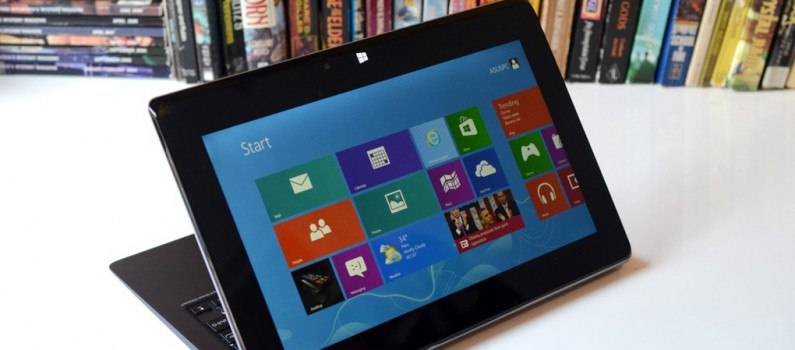Since Windows 8’s debut last October, PC manufacturers have all followed pretty much the same playbook. Build a laptop with a touchscreen? Check. A docking laptop / tablet hybrid? Check. A strange, hinged device that twists and turns from tablet to laptop modes? Check. The PC market as a whole may look very different than it did a year ago, but the currently available devices don’t vary much. Except for this one Asus device that crossed my desk a couple of weeks ago, that is.
It’s called the Taichi, it starts at $1,299, and it has two screens. That’s pretty much everything you need to know. Rather than create a way to convert the device from a tablet to a laptop via a flexible hinge or rotating display, Asus instead just stuck a screen onto the lid of an otherwise fairly uninteresting notebook. Points to Asus for thinking of a new way to take advantage of all that Windows 8 offers, but does it work? Do more screens equal more fun? I’ve wondered that ever since the Taichi was first shown off at Computex back in August, and I finally got to take the device for a spin over the last few weeks.
Asus Taichi Review
- DesignC
- KeyboardB
- TouchpadC
- DisplayB
- PerformanceB
- Heat / noiseB
It's called the Taichi, it starts at $1,299, and it has two screens. That's pretty much everything you need to know. Rather than create a way to convert the device from a tablet to a laptop via a flexible hinge or rotating display, Asus instead just stuck a screen onto the lid of an otherwise fairly uninteresting notebook.




Leave a Reply